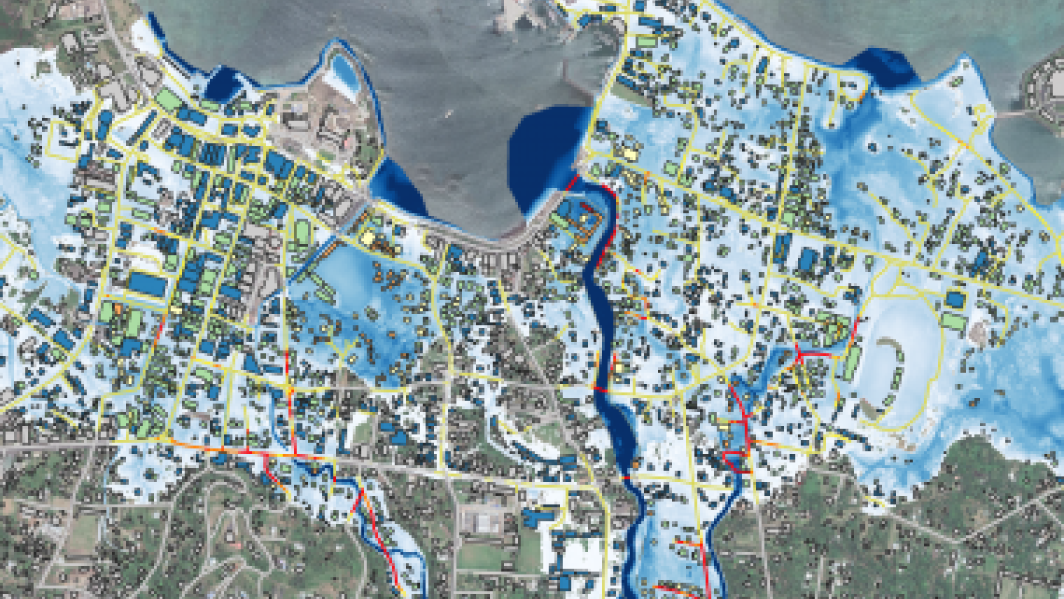-

Explainer: Uncertainties in flood risk assessments
Research ProjectUniversity of Canterbury’s Professor Matthew Wilson, one of the Mā te haumaru ō te wai research team, gives us some insight on uncertainty. -
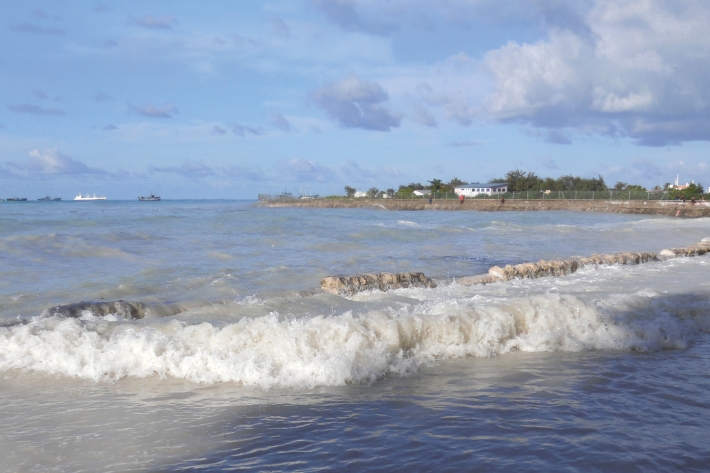
Pacific Risk Tool for Resilience, Phase 2 (PARTneR-2)
Research ProjectThe three-year PARTneR–2 project aims to help countries in the Pacific become more resilient to the impacts of climate-related hazards. -
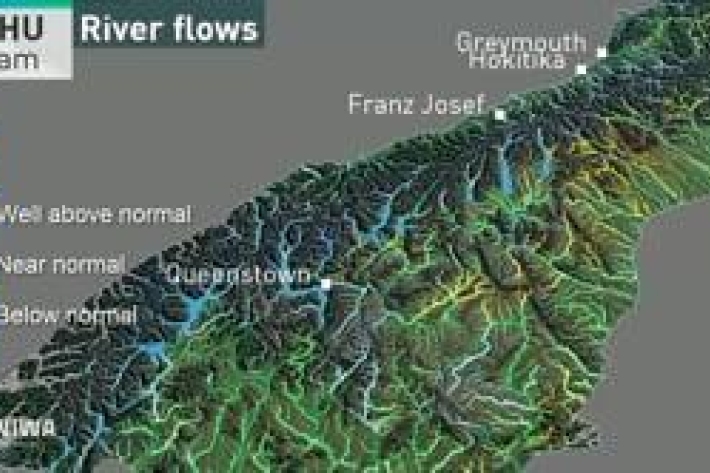
River flow forecasting
Research ProjectNIWA is developing a national river flow forecasting tool for New Zealand that aims to support and strengthen our planning for and response to extreme rainfall events. -

Adaptive futures: a serious game for climate change adaptation
Research ProjectNIWA is using serious games to look at problems holistically and provide a framework for climate change adaptation decision-making. -
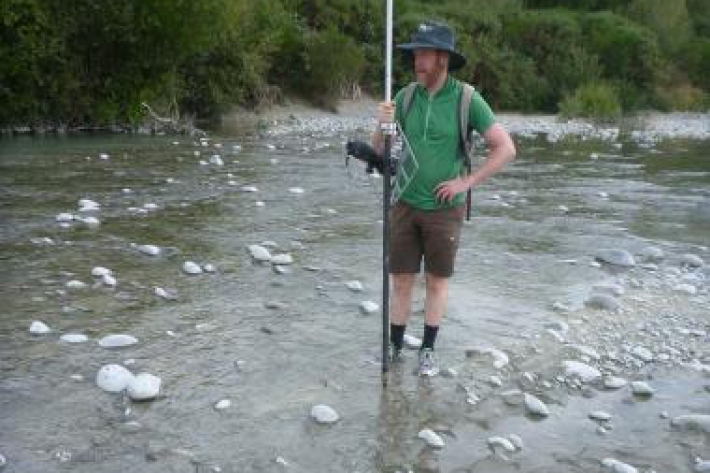
Flood-harvesting effects on braided river geomorphology
Research ProjectThe alp-fed braided rivers of Canterbury are treasured for their landscape, recreational amenities, salmon- and trout-fishing, and unique riverine environments – which provide habitat to a host of endangered birds – but they are under threat from land-use intensification and a growing demand for irrigation water. -
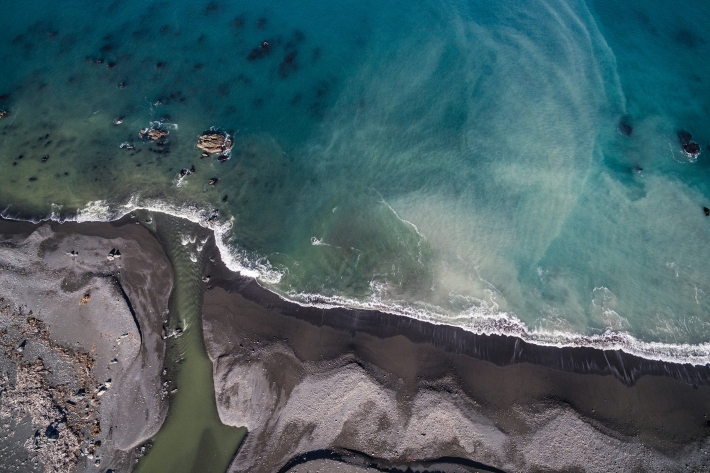
Suspended sediment dynamics in New Zealand Rivers
Research ProjectImpacts of catchment characteristics on the timing of sediment delivery during runoff events. -
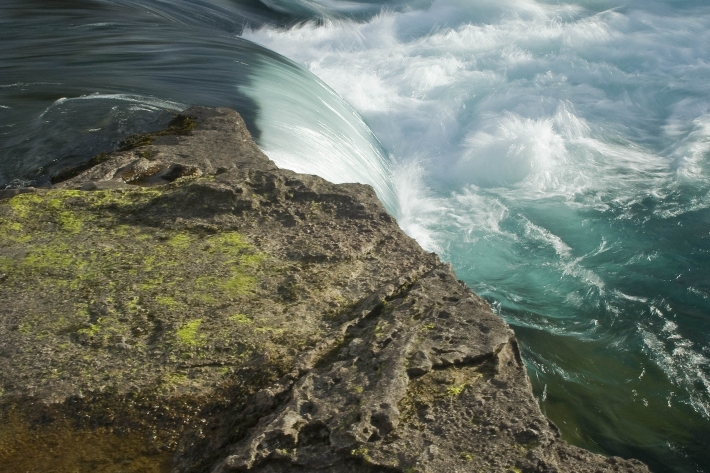
River forecasting: capabilities versus user requirements
Research ProjectCurrently there are gaps in understanding of user decision making processes and public needs and requirements for river forecasting in New Zealand. This project aims to bridge NIWA river forecasting aspirations and capabilities with both the public and decision makers’ requirements.

